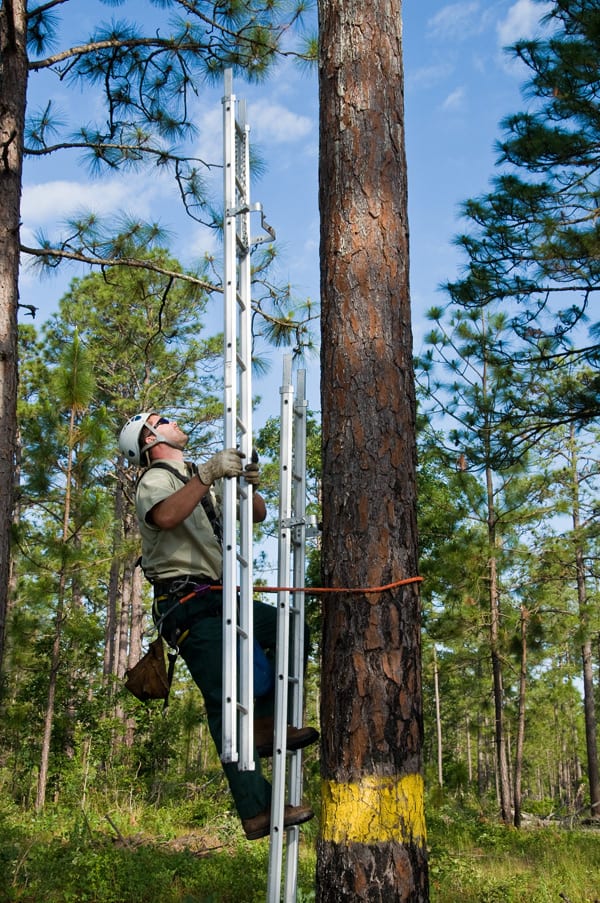
At the time I thought “how powerful would it be if there were conversations between people in the woods observing first-hand and the scientific community?” And “how can SAF help make that happen?” I’m still working on this.
Through my career in research administration, I saw the gradual erosion of involvement of field people in research prioritization, and funding. At one time, extension folks were out there learning and teaching and hearing from field folks what they are interested in and what they know. At its best, the land grant system enabled them to interact with researchers and students and for all us to learn from, and teach each other. The land grant system provided a research, education and extension platform, on which those conversations could take place.
But as I worked at USDA, I found that the research folks there went from a land grant mission-centered model to a model where funding was decided by a random bunch of scientists from wherever, we hauled in to the national office (the NSF model). Ideologically, it came about as “formula” is bad, and “competitive” is good. People in the science establishment really believe this. At least, I personally have been unable to convey my belief that there are self-interest and power issues highly tied to their preference for the NSF model.
In fact, when I worked for the Fund for Rural America, an attempt by Congress to fund research that helps people (they had their doubts about the utility of what they were getting for the bucks), we (the Forestry Program) got in trouble for allowing (gasp!) stakeholders to sit on research panels.
Unfortunately, in my view, the locus of control was also shifted from the state universities to the Science Establishment. Maybe it works for other areas than natural resources and agriculture, which are profoundly local.
The reason I bring this up today is because of Bob’s owl piece here, and Mike’s comments here.
If we wanted to develop a new Shared Research Platform for practitioners, local people and academics to share what they have observed, say, for example, on the spotted owl, and what potential further research projects these observations could lead to, where would we do it? I think research studies should be suggested by the sum of observations made by everyone.. and that the observers and stakeholders should have a role in prioritization and design. Until we do that, we can use “the best available science” but the emphasis will be on “available” and no way on “best.”
I would propose that OSU and the relevant professional societies take the lead. Perhaps a group could develop a set of questions that could be answered online. Other ideas on where or how to do it?
Have you observed anyone doing this successfully on other topics ? I think the Fire Learning Network might be an example. Others?